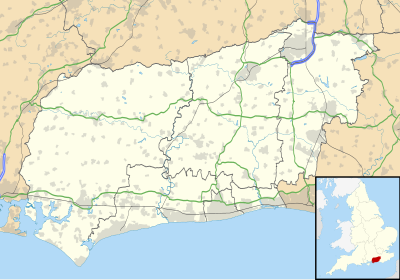| No. | Settlement | Borough/District | Population | Notes |
|---|
| (2001) [1] | (2011) [2] |
|---|
| 1 | Worthing | Worthing | 101,929 | 109,120 | Includes Ferring |
| 2 | Crawley | Crawley | 99,660 | 106,943 | |
| 3 | Bognor Regis | Arun | 61,800 | 63,885 | Includes Flansham, Middleton-on-Sea, Pagham. Excludes Bilsham, Colworth, Shripney |
| 4 | Littlehampton | Arun | 50,930 | 55,706 | Includes Angmering, Hammerpot, West Kingston, Wick. Excludes Lyminster, Poling |
| 5 | Shoreham-by-Sea | Adur | 47,020 | 48,487 | Includes Sompting |
| 6 | Horsham | Horsham | 44,890 | 48,041 | Includes Roffey |
| 7 | Haywards Heath | Mid Sussex | 29,110 | 33,845 | Includes Bolnore Village, Lindfield. Excludes Cuckfield, Scaynes Hill, Walstead |
| 8 | Burgess Hill | Mid Sussex | 29,388 | 30,635 | Includes World's End. Excludes Goddards Green, Wivelsfield |
| 9 | East Grinstead | Mid Sussex | 26,490 | 29,084 | Includes Ashurst Wood, Ashplats, Felbridge, Imberley. Excludes Crawley Down, Domewood, Dormans Park, Effington Park, Forest Row |
| 10 | Chichester | Chichester | 25,520 | 28,657 | Includes Stockbridge, Summerdale. Excludes Apuldram, Donnington, Fishbourne, Hunston, Lavant, Merston, North Mundham, Runction, Westhampnett |
| 11 | Hurstpierpoint | Mid Sussex | 11,173 | 12,730 | Includes Hassocks |
| 12 | Southwick | Adur | 11,513 | 11,551 | |
| 13 | Selsey | Chichester | 9,720 | 10,550 | Excludes Church Norton |
| 14 | Westergate | Arun | 9,099 | 9,783 | Includes Barnham, Eastergate, Fontwell, Walberton. Excludes Aldingbourne, Norton, Slindon, Yapton |
| 15 | Southwater | Horsham | 8,298 | 8,692 | |
| 16 | Storrington | Horsham | 7,730 | 8,618 | Includes Heath Common. Excludes Ashington, Rock, Sullington, Washington, West Wantley |
| 17 | West Chiltington Common | Horsham | 6,940 | 7,474 | Includes Pulborough |
| 18 | Billingshurst | Horsham | 5,460 | 6,911 | |
| 19 | Steyning | Horsham | 6,365 | 6,557 | Excludes Annington, Bramber |
| 20 | East Wittering | Chichester | 5,127 | 5,647 | Includes Bracklesham. Excludes Earnley |
| Midhurst | Chichester | 4,889 | 4,914 | Excludes Easebourne, West Lavington |
| Henfield | Horsham | 4,527 | 4,799 | Excludes West End, Woodmancote |
| Crawley Down | Mid Sussex | 4,631 | 4,598 | Excludes Turners Hill |
